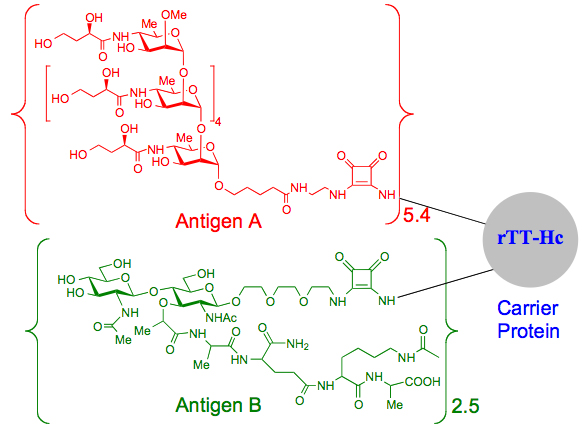Sounds far-fetched? It’s not! The field of science is a new one called synthetic genomics, combining chemical synthesis of DNA with coding software to construct pharmaceuticals and vaccines.
J. Craig Venter, the American biologist and sequencer of the human genome is at his entrepreneurial best when he imagines using 3D printers to print DNA. Venter has started working on a device he calls a teleporter, a digital biological converter that prints vaccines from downloaded software.
The idea came to him during an outbreak of H1N1 influenza in 2009 as a way of rapidly disseminating new vaccines to remote locations around the world to stop a pandemic from happening. How would it work? Venter believes that we can digitize the DNA of a virus like a strain of influenza and within a day build a vaccine to defeat it. His teleporter, a 3D printer with the materials needed to print a vaccine, would be made available to medical facilities around the world. Software containing the instructions for assembling a vaccine could be sent digitally to every facility. The printed vaccines could then be used to stop an outbreak of infections leading to an epidemic.
There are challenges still to be overcome. Venter’s past work shows that he is more than capable of overcoming them but nonetheless his teleporter will have to be highly accurate in its ability to assemble a vaccine molecule by molecule. Any slight variation could have unintended consequences.
Bioprinting has already been used to print veins using a patient’s own cells. More complex body parts remain a work in progress.
Venter is also working in the field of synthetic biology, creating new bacteria to create biofuels and harvest hydrogen from water.


















Most people don’t need synthetic vaccines, but everyone needs to eat. “Send rice and beans, not vaccines.” Can the hypothetical bioprinter produce wine, cheese, steak, and lobster? Maybe it could produce Federal Reserve Bank Notes.
In principle, it seems plausible. If all atoms of any particular isotope are for all practical purposes indistinguishable from all others of the same species (as seems to be the well-demonstrated case), and all molecules of atoms are merely ordered aggregations of isotopes, then physical reproduction of the order produces an identical actual molecule. Precise symbolic descriptions of the isotopic order of any particular molecule can travel at light speed, so in principle and in effect the molecule can be transmitted at light speed to bioprinters at great distances. More significantly, the bioprinter might be preprogrammed with the ordered codes for wine, cheese, steak, lobster, and bank notes. Poverty and famine would be horrors of the past.
The implications to extended manned space travel are huge. It would be like the Star Ship Enterprise organic replicator. The organic replicator serves as a gourmet chef. All waste products dump into the organic digester for use as replicator feedstock. While some of the significant operational principles of the Enterprise “transporter” technology still remain undisclosed, the general principle of operation is the transporter discovers and records the precise “order” of the individual atomic elements constituting any actual object, whether dead or alive, and then transmits the symbolic code describing the object to a remote location. It’s unclear how the code becomes physically actualized without a bioprinter and pre-positioned supply of identical atoms at the terminus. Well, one must suppose the Enterprise transporter system evokes about as many unresolved paradoxes as the dilithium crystal warp drive.
The premise for a digital fabricator that can replicate vaccines to combat an outbreak of disease came from the H1N1 outbreak in Mexico City in 2009 that left a number of people dead and resulted in a city-wide quarantine with curfews. Getting vaccines in was an issue as was meeting the volume requirements. After all Mexico City has a mere 21 million people.
Using bioprinters as you suggest is probably not too far in our future. If we can create blood vessels then given the right raw materials we should be able to construct many other organic end products as long as we have sufficient feedstock. Does have implications for human space travel as you suggest and is probably far more likely than transporters and dilithium crystal-powered warp drives.